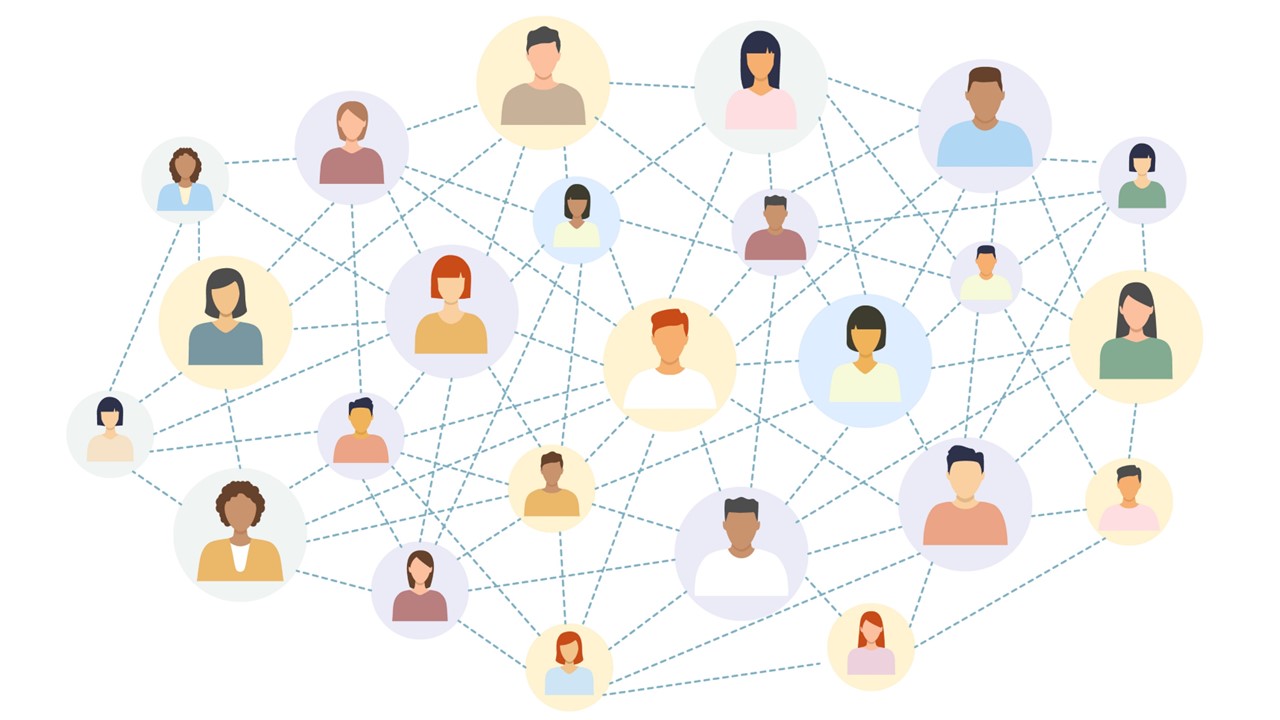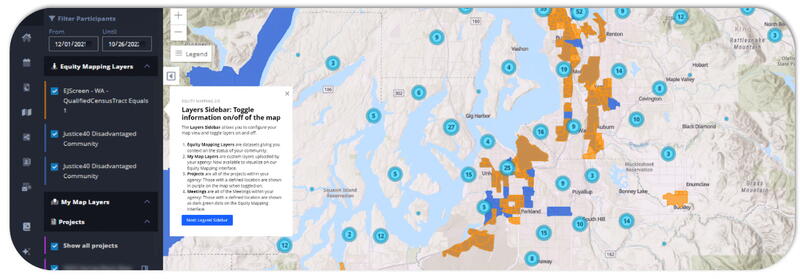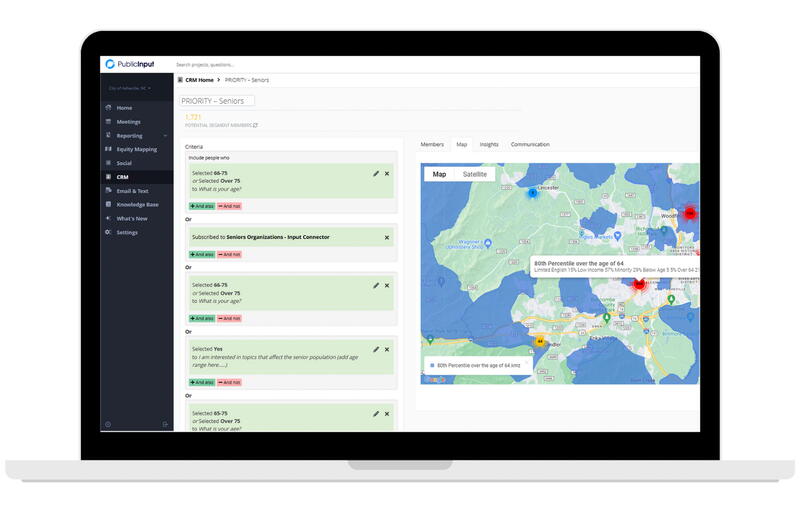
Community engagement plays a pivotal role in fostering a sense of belonging and empowerment within the community. However, for local government leaders striving for success in this area, a mere commitment to involving residents might not be enough. Success demands a deep understanding of resident needs and preferences.
In 2022, PublicInput conducted a survey of U.S. residents to understand their preferences for engaging with their local government following the pandemic. The results from the 2022 survey revealed a mix of perceptions about how residents viewed their experiences with community engagement.
Fast forward one year, and PublicInput has conducted a new survey to continue to learn more about resident expectations and preferences. The results confirm the following key findings:
• Local proximity motivates residents to engage—the closer to home, the more likely they are to engage.
• Engaging residents through groups with which they affiliate increases public trust and willingness to participate in community engagement opportunities.
• Residents are motivated to engage on a variety of issues, but report not being made aware of opportunities to engage.
Engagement best practices reveal that decision-making quality often declines when leaders only hear from a narrow set of resident perspectives. It’s widely recognized that the “more is better” approach falls short unless it incorporates representation from those most affected by decision-making.
PublicInput is responding to this need by providing government leaders with three practical strategies. These strategies are specifically crafted to assist staff and project teams in bolstering the effectiveness of local community engagement efforts.
1. Use Proximity to Guide Outreach and Engagement.
Proximity matters. Survey results show that the closer to home an issue or opportunity is, the more likely residents will participate.
For example, a comprehensive plan update affects a very broad set of places, but framing the community call to action around “how might we make [neighborhood name] more connected, healthier, and livable” could put a comprehensive plan into a more relevant context for residents that are unfamiliar with the process.
Key Takeaways
• If you want to drive engagement, make people aware of how an issue or project will impact their geographic area and/or their daily life.
• Target your communications to the specific geographic area that may be affected most.
• Translate an initiative into tangible impacts at the community level.
Opportunities
• Identify affected communities using project area maps overlaid with key demographic indicators (like income, race, and English language proficiency) to create a strategic approach to outreach in the areas most affected.
• Plan for outreach by incorporating both traditional approaches (like direct mail and in-person events) with digital approaches that target email, text, and social communications.

Mapping and screening tools like Qualified Census Tracts, CEJST, or EJScreen can help hone your engagement strategy. Overlaying demographic indicators with project maps can guide outreach efforts to ensure agencies reach target groups.
2. Partner with Community Groups to Increase Stakeholder Engagement.
Residents are more likely to engage when the community call to action comes from a group with which they affiliate.
Whether it be faith-based organizations, nonprofits, neighborhood associations, or civic groups like the Rotary Club, affiliated networks and community groups play an influential role in the fabric of a community. These groups seamlessly help bridge the trust gap between governments and residents.
Key Takeaways
• The preexisting rapport established between community groups and residents provides a trusted environment that has the potential to enhance the willingness to participate in engagement opportunities.
• The data tells us that group affiliation may drive more engagement among residents than proximity does.
• Partnerships with community groups is a must for state and local governments that want to increase engagement, especially among under-represented communities.
Opportunities
• Community groups already have strong connections within the community and can build on that relationship to help spread the word about engagement initiatives.
• Manage the process of collaboration and engagement using a database module to warehouse information, including:
- Community groups and their members.
- Mapping of topical areas of interest or influence that support outreach and engagement efforts.
- Coded and tagged survey results and comments associated with each community group.

Centralized engagement data is a powerful tool. With an integrated engagement database, agencies can combine demographic indicators, location, community affiliations, and interests to create unique segments for project-specific outreach.
3. Develop Outreach Strategies that Increase Awareness of Opportunities.
Residents are motivated to engage and willing to self-educate on a variety of issues, but report that they’re simply not aware of issues that affect them.
A common sentiment we hear in some communities is that people don’t feel that they’re informed enough to engage. But according to the survey data, that’s not the blocker. In fact, residents cited not being aware of an issue at nearly twice the rate of those concerned about not having enough information to engage.
Key Takeaways
• It is increasingly challenging to get the right information to the right people in an age when communication channels and content have increased exponentially.
• Typical methods of outreach, like posting on a website or a social media page, are not very effective at driving resident awareness, especially at the hyperlocal level.
• Direct mail, geo-targeted text and email campaigns, and even targeted social media advertising are all proven ways of reaching and engaging specific residents.
Opportunities
• Support and supplement online communication methods with offline methods (like print advertising, signage, flyers, and partnerships with local organizations) to increase awareness.
• Provide regular communication via newsletters, subscriptions, or project emails that are integrated within a central database.
• Track resident interests via their participation to help your teams cater future communications based on resident interest.

Expand your reach by utilizing a mix of communication channels to spread the word. Support emails with flyers or advertise an upcoming engagement initiative on a local news broadcast, or make use of established community ties by partnering with local organizations.
Having an equitable community engagement approach is a critical aspect of any local government initiative aimed at fostering a sense of belonging and empowerment within their community. It is evident that simply committing to involving residents is insufficient; a profound understanding of their needs and preferences is essential for success.
By embracing some of these strategic opportunities local government leaders can enhance the effectiveness of their community engagement efforts and ultimately create stronger, more connected, and inclusive communities.
Access the full survey report here.

TRICIA THOMAS is content marketing manager at PublicInput.
New, Reduced Membership Dues
A new, reduced dues rate is available for CAOs/ACAOs, along with additional discounts for those in smaller communities, has been implemented. Learn more and be sure to join or renew today!
